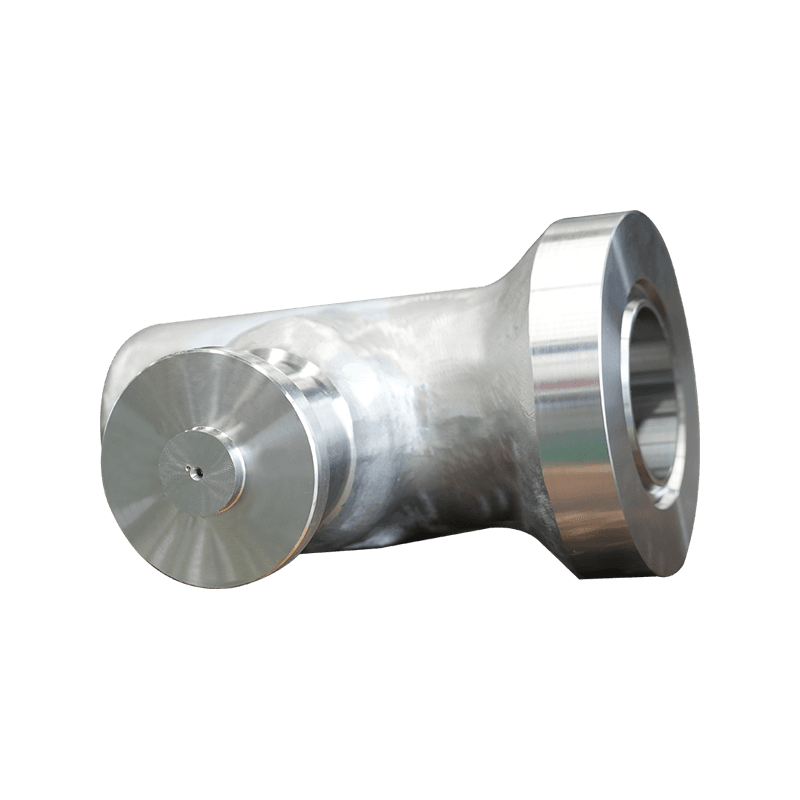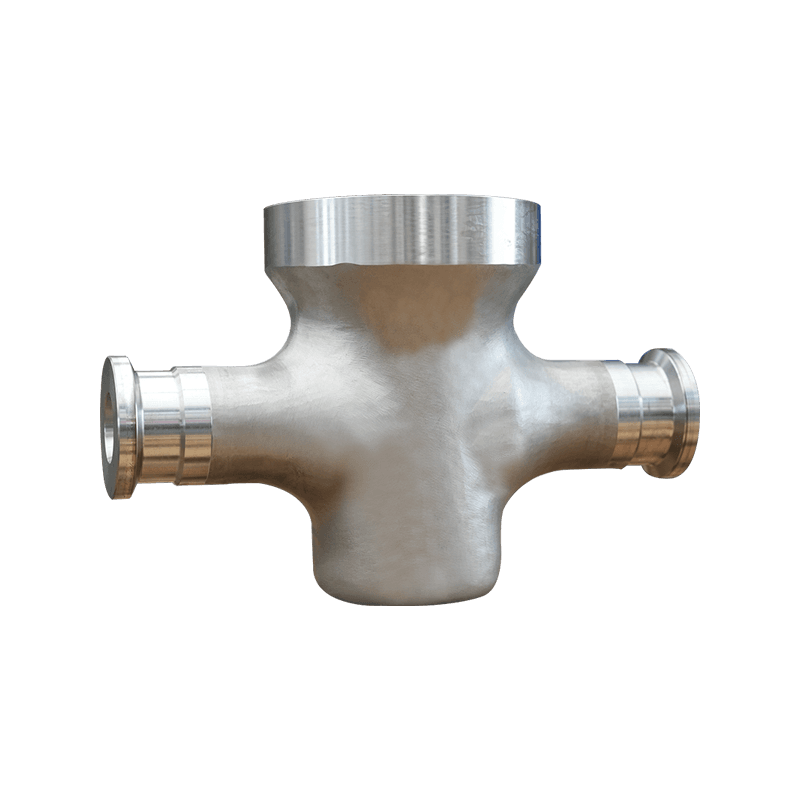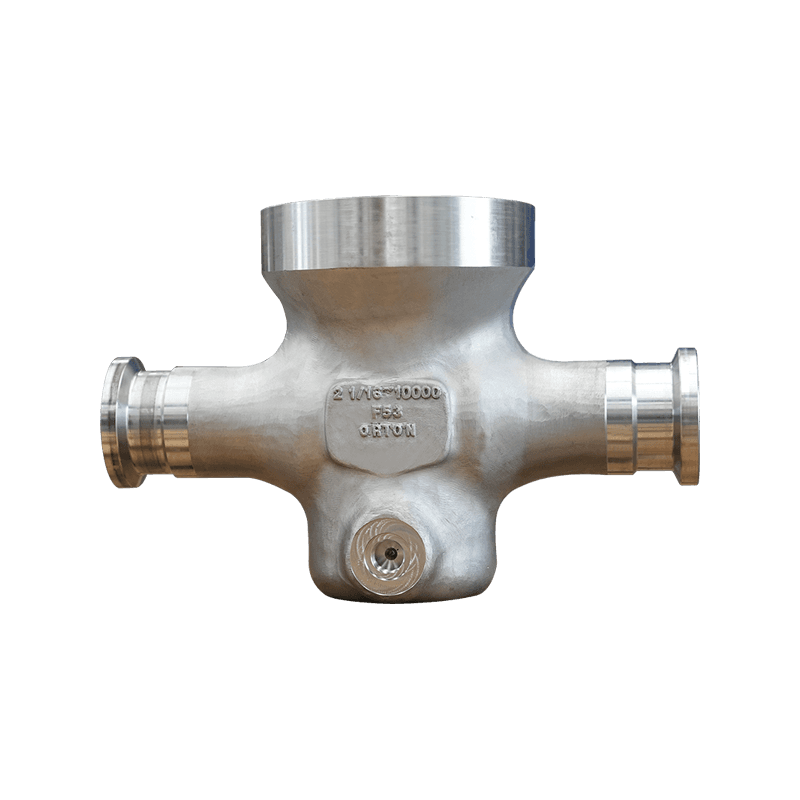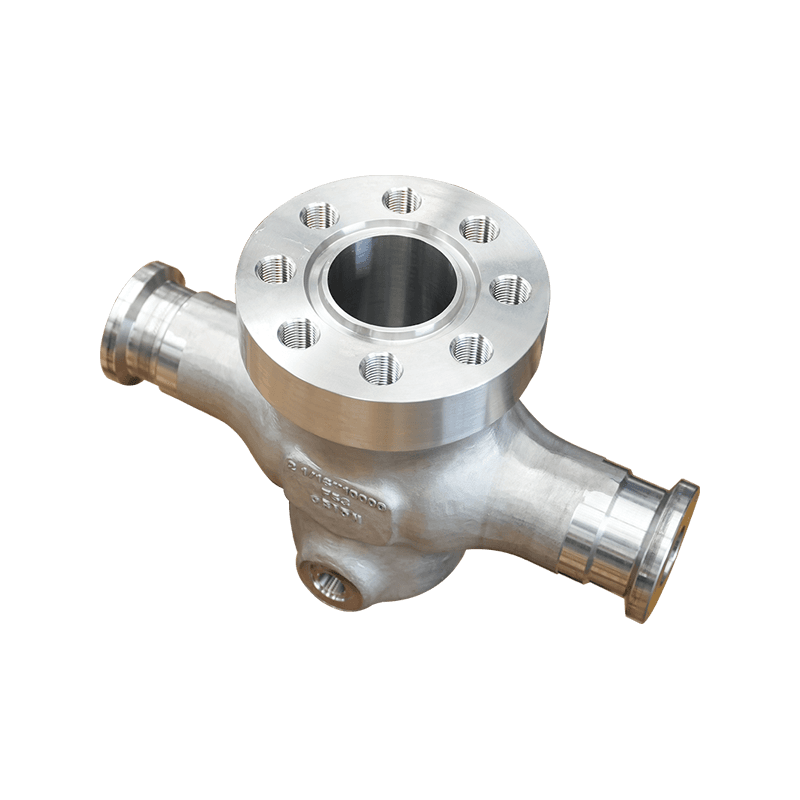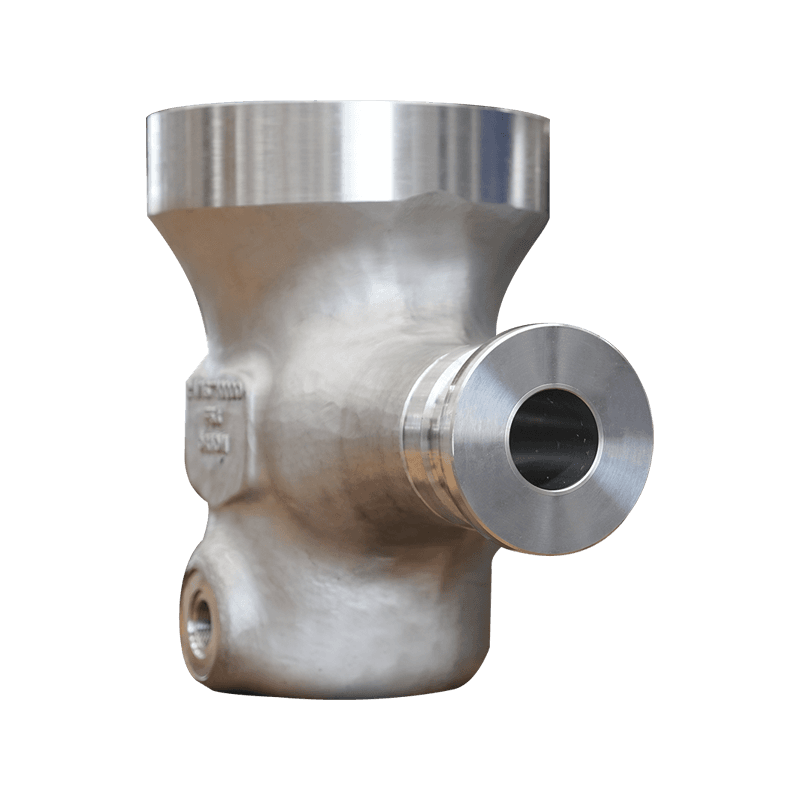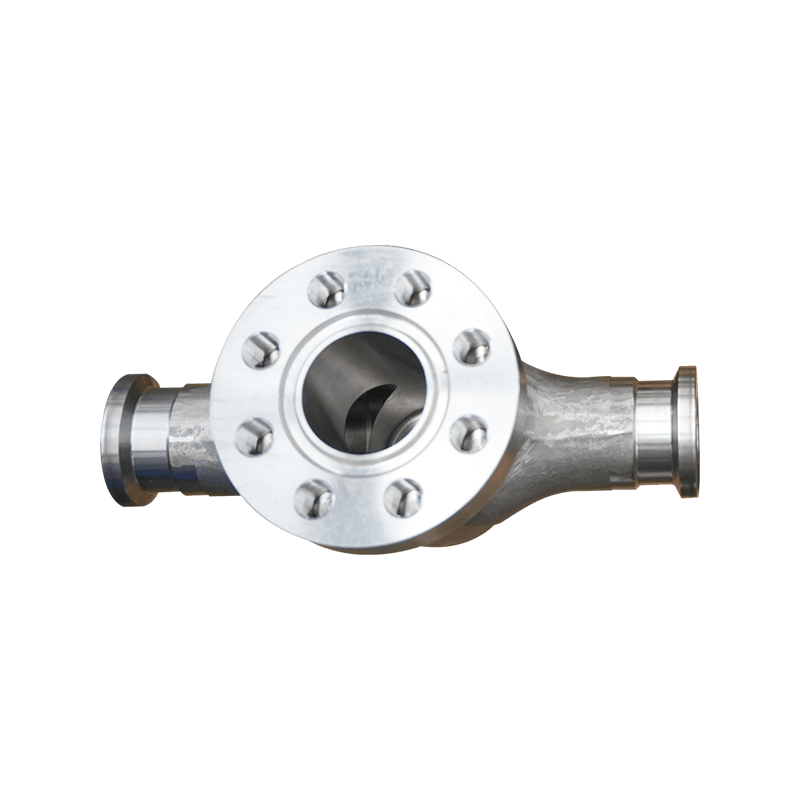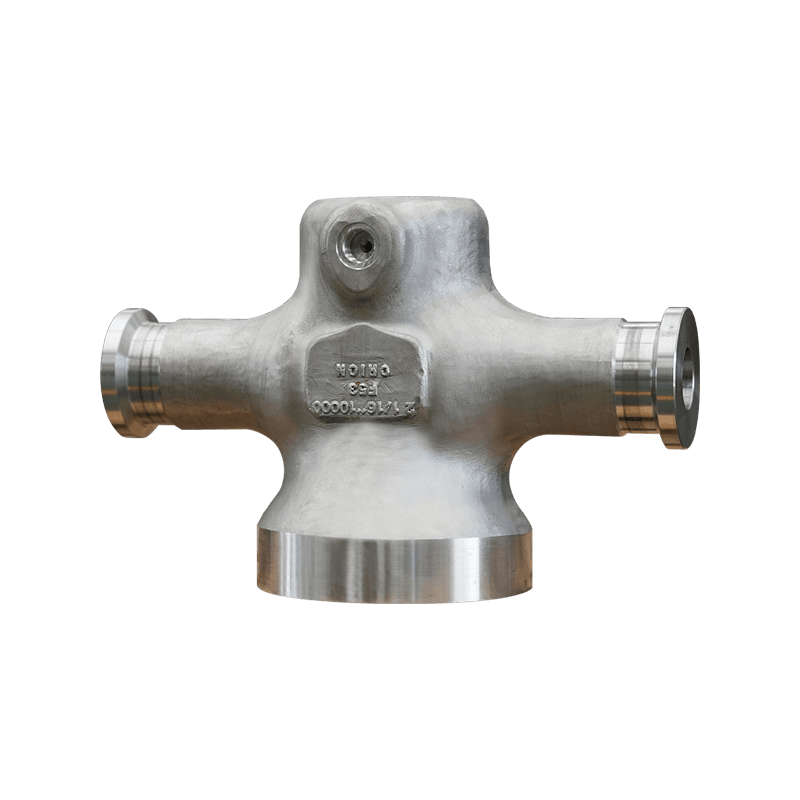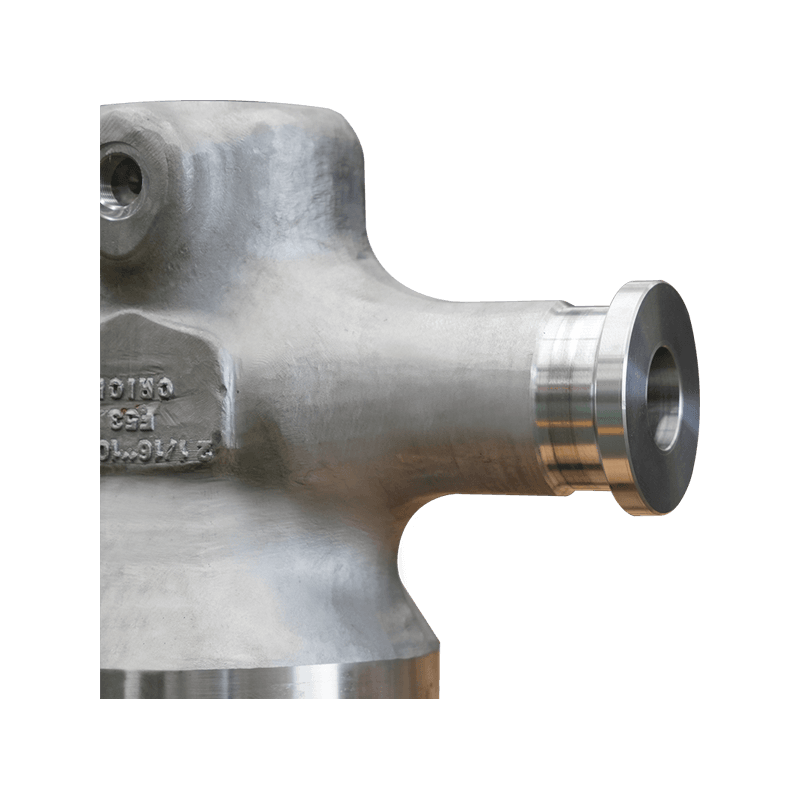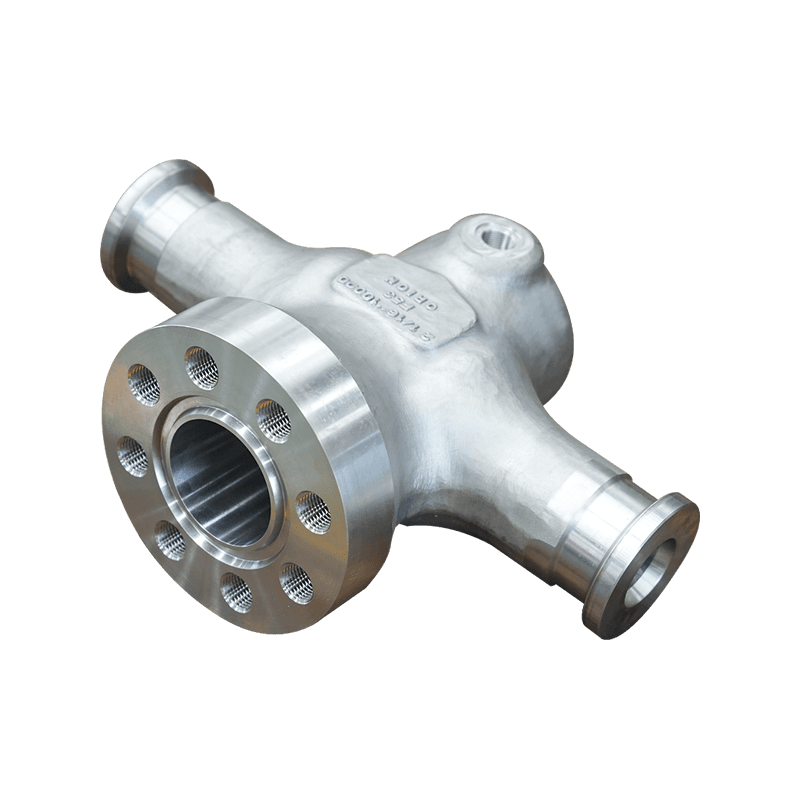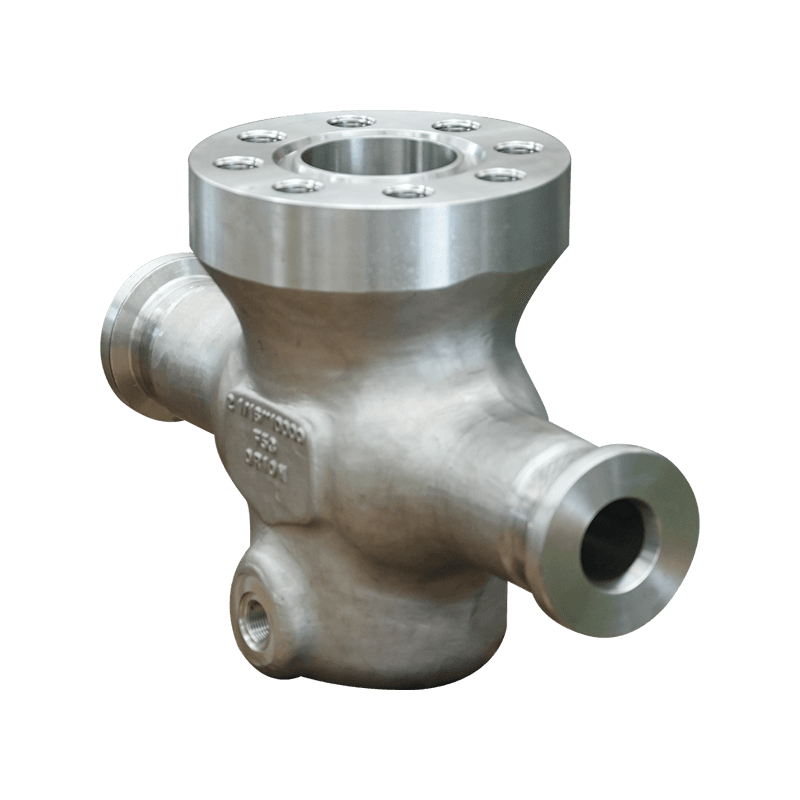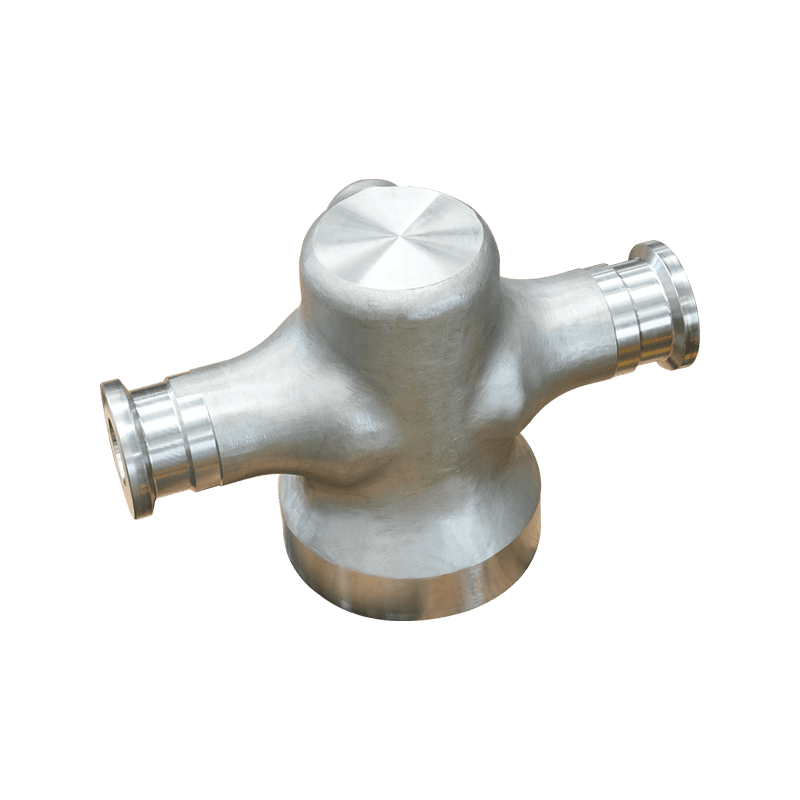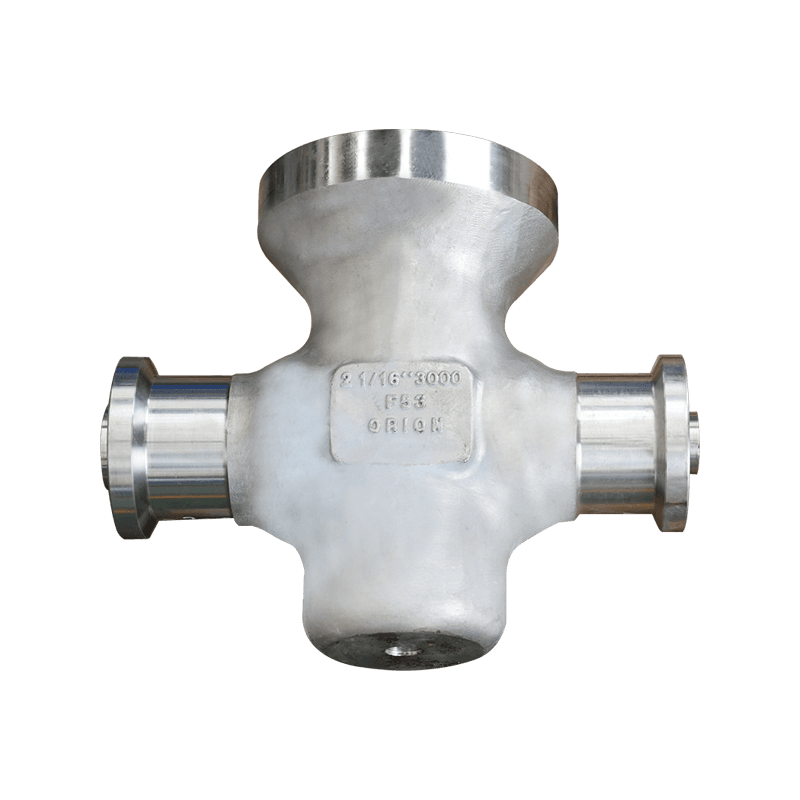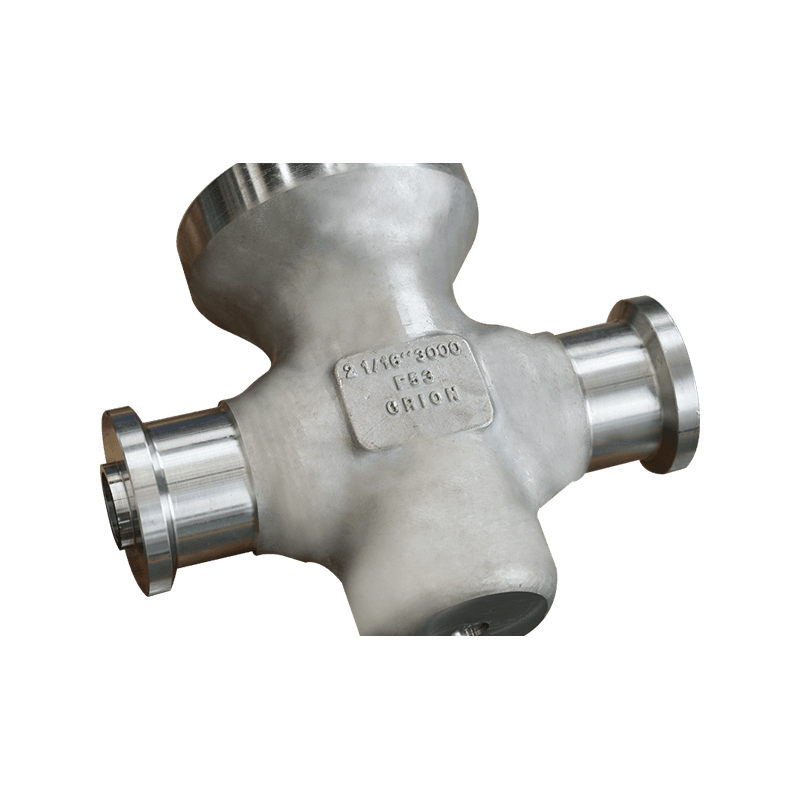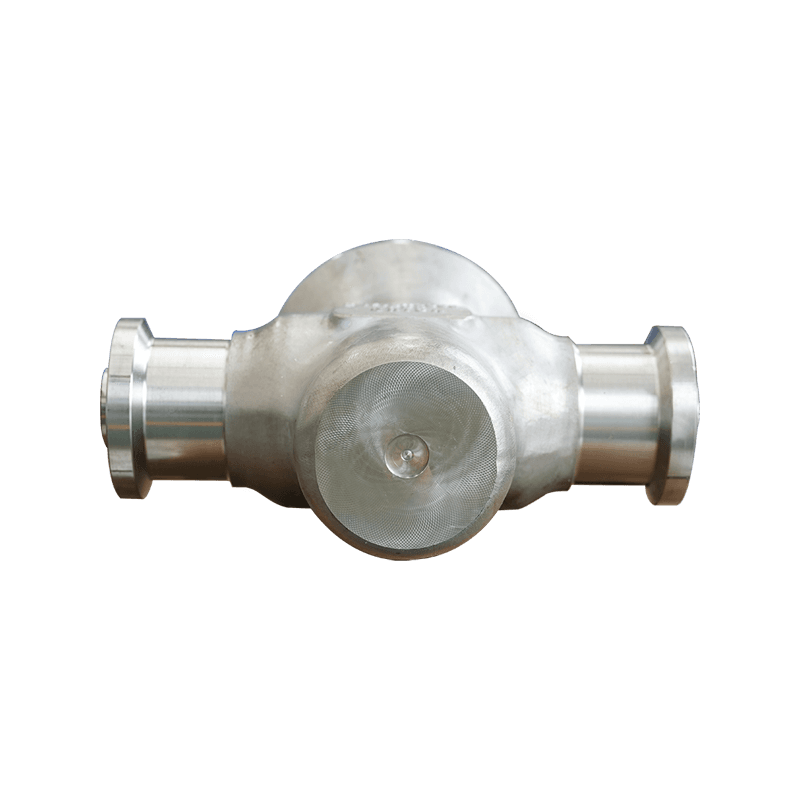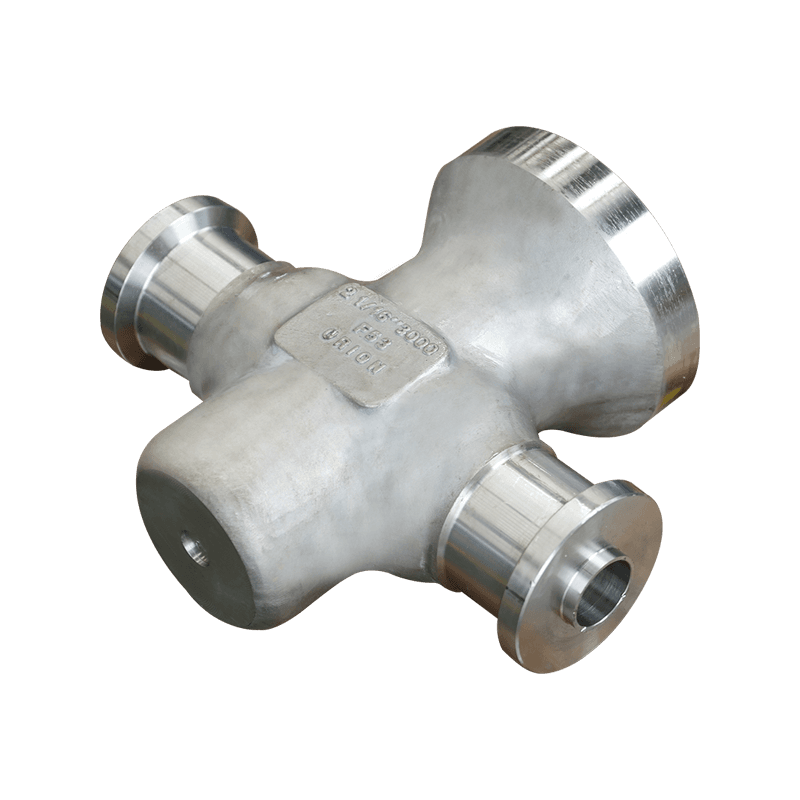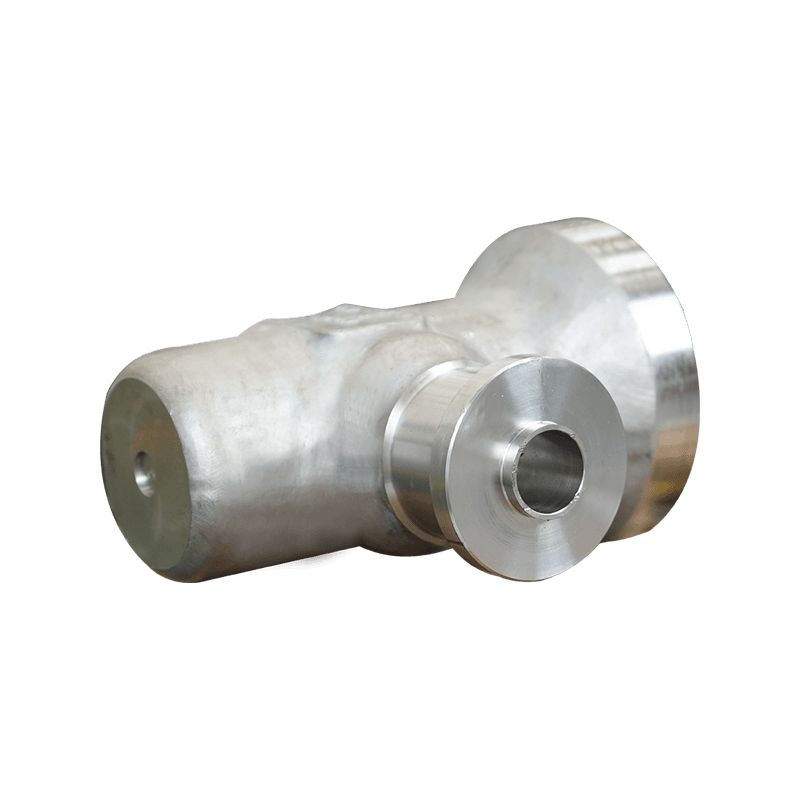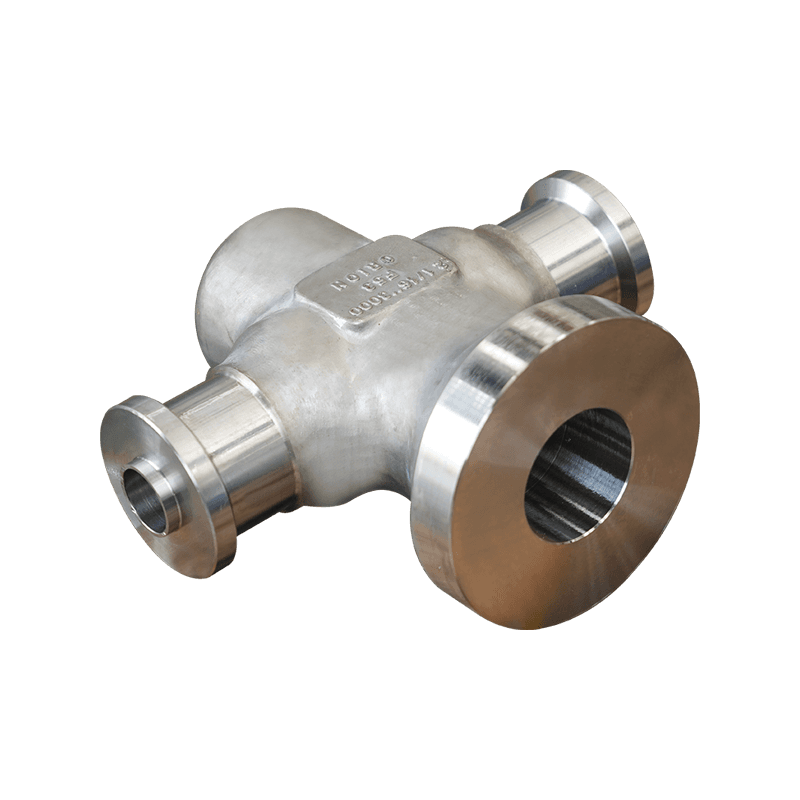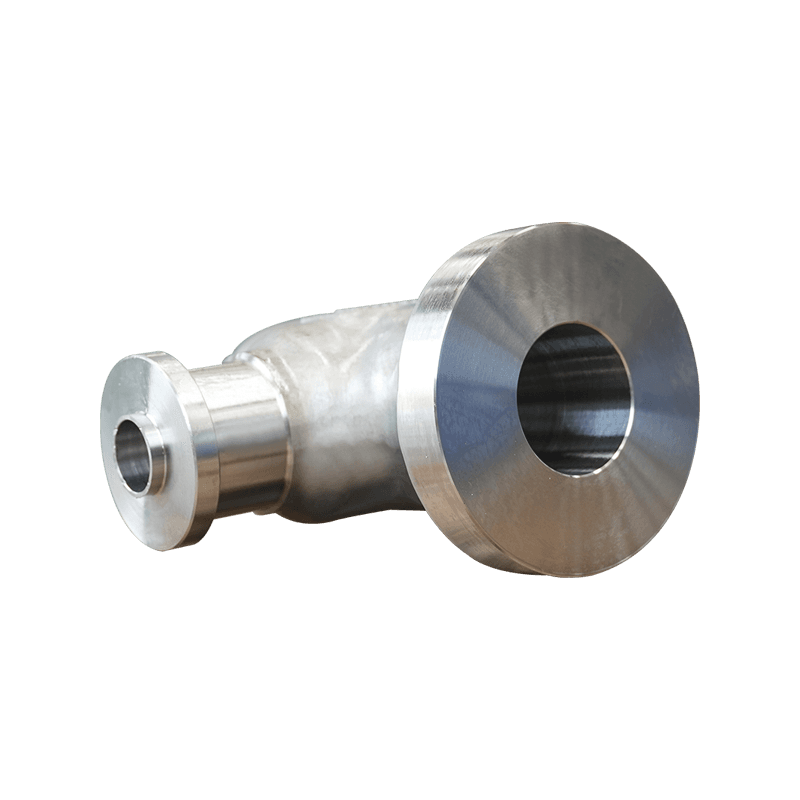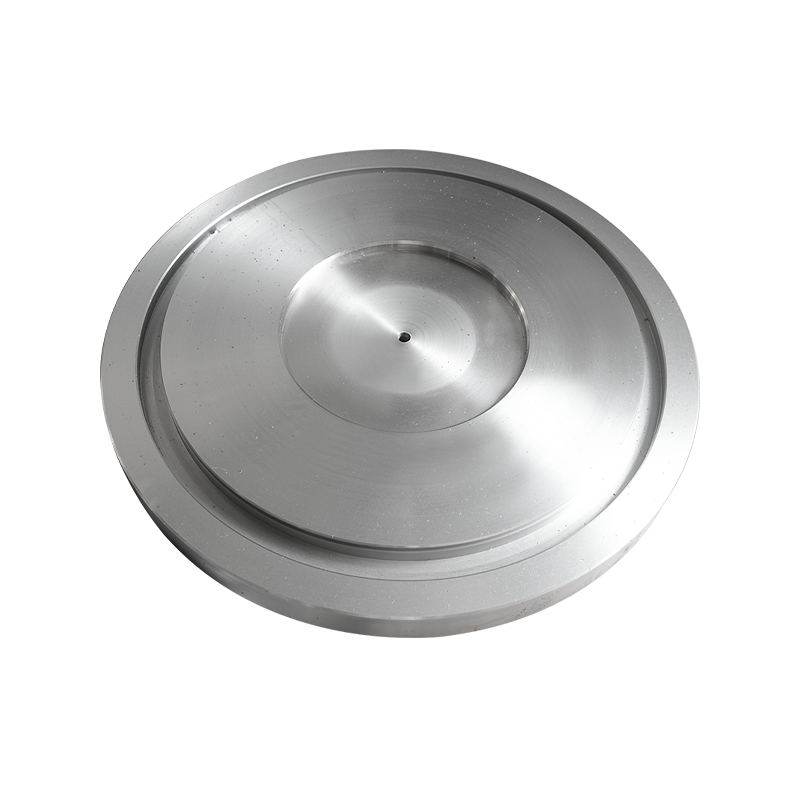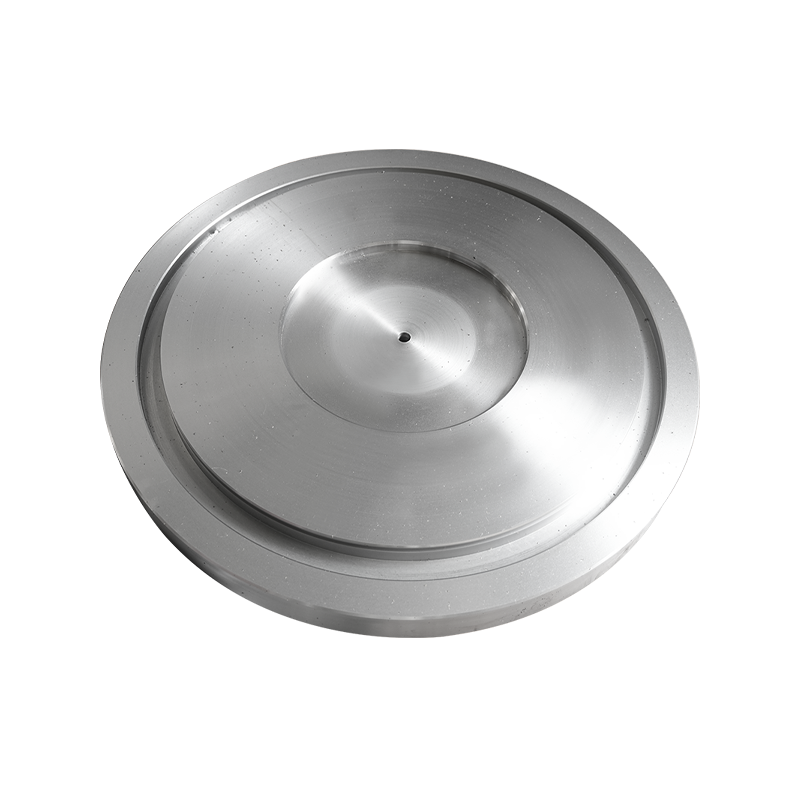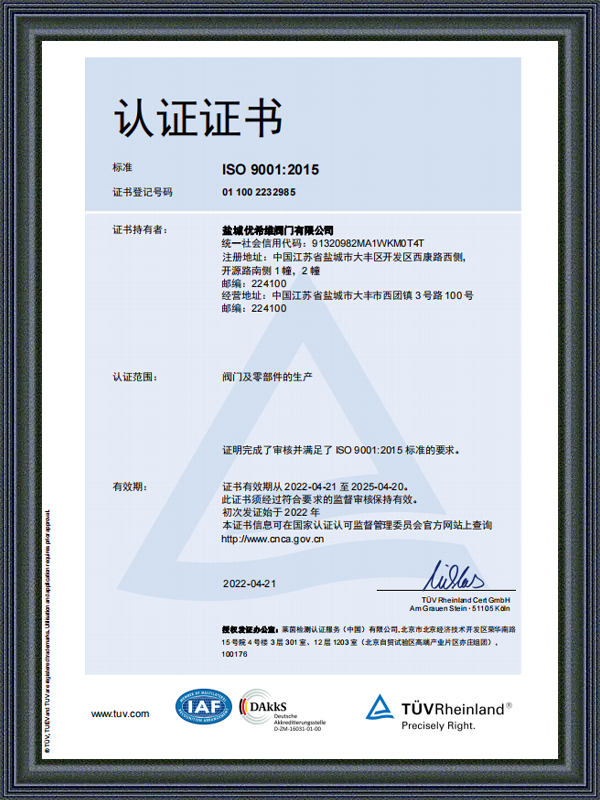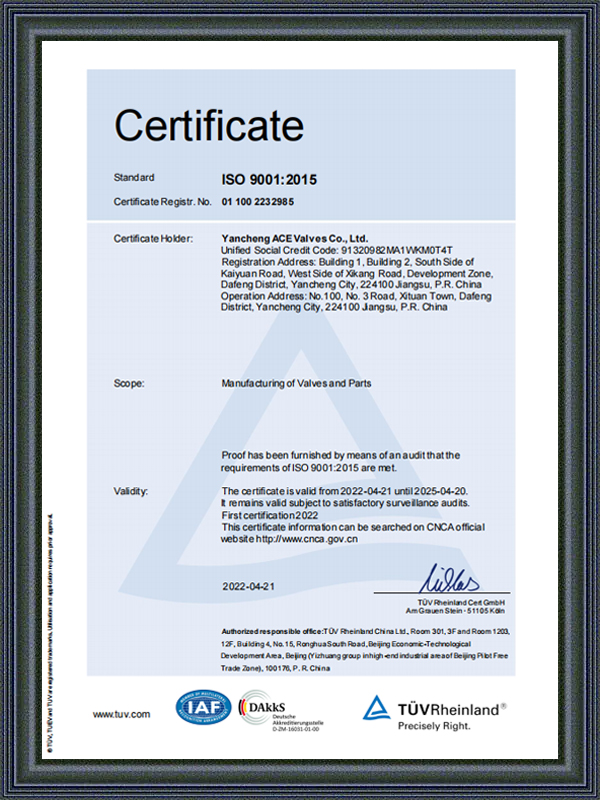Industry knowledge
What are the typical tolerances and surface finish achievable with free forging?
Surface Roughness Variation: The surface roughness achieved in free forging can vary across different regions of the part due to factors such as die design, material flow, and forging conditions. Areas subjected to higher stress and deformation may exhibit greater surface roughness compared to regions with lower deformation.
Surface Defects: While
free forging can produce structurally sound parts, it is susceptible to certain surface defects such as laps, seams, and surface cracking. These defects can affect both the surface finish and dimensional accuracy of the forged part. Proper die design, material selection, and forging parameters play crucial roles in minimizing these defects.
Surface Enhancement Techniques: To improve the surface finish of free-forged parts, various surface enhancement techniques can be employed. Shot blasting, tumbling, chemical treatments, and surface coatings are commonly used methods to enhance the appearance and functionality of forged components. These techniques can also help remove surface scale and improve corrosion resistance.
Post-Forging Machining: In many cases, free-forged parts may undergo additional machining operations after forging to achieve tighter tolerances and finer surface finishes. Machining processes such as milling, turning, and grinding can be employed to achieve the desired dimensional accuracy and surface quality, particularly for critical features and mating surfaces.
Quality Control: Quality control measures such as dimensional inspection, surface profilometry, and non-destructive testing are essential in ensuring the integrity of free-forged parts. By implementing stringent quality control protocols throughout the forging process, manufacturers can detect and rectify any deviations from the desired tolerances and surface finish requirements.
Some specific applications of closed die forging in the oil and gas sector
Drilling Equipment: Close die forging is used to manufacture a variety of components for drilling rigs, including drill bits, drill collars, stabilizers, and drill stem subs. These components must withstand extreme conditions such as high temperature, pressure, and abrasive drilling environments. Forged parts offer the necessary strength, durability, and wear resistance required for efficient drilling operations.
Wellhead and Christmas Tree Components: Wellheads and Christmas trees are crucial components in oil and gas wells, providing control over the flow of fluids during drilling, completion, and production processes. Close die forging is utilized to produce components such as valves, flanges, casing heads, tubing heads, and other pressure-containing parts. These forged components ensure reliable sealing, pressure containment, and operational safety in oil and gas wells.
Pipeline Fittings and Connectors: Close die forging is employed to manufacture pipeline fittings, connectors, and flanges used in oil and gas transportation systems. These components include weld neck flanges, blind flanges, threaded fittings, and pipe elbows. Forged pipeline fittings offer high strength, leak resistance, and long-term reliability, ensuring the integrity and safety of oil and gas pipelines.
Subsea Equipment: Close die forging is essential for producing subsea equipment used in offshore oil and gas production, such as subsea wellheads, manifolds, risers, and blowout preventers (BOPs). These components operate in deepwater environments under high pressure, extreme temperatures, and corrosive seawater conditions. Forged subsea equipment provides the necessary structural integrity, fatigue resistance, and corrosion resistance required for safe and reliable offshore operations.
Pump and Compressor Components:
Close die forging is utilized in manufacturing pump and compressor components for oil and gas processing facilities. These components include impellers, shafts, casings, and valves used in centrifugal pumps, reciprocating pumps, and compressors. Forged pump and compressor parts offer superior strength, dimensional stability, and resistance to fatigue and erosion, ensuring efficient fluid handling and processing operations.
Instrumentation and Control Systems: Close die forging is used to produce precision components for instrumentation and control systems used in oil and gas facilities. These components include pressure gauges, temperature sensors, flow meters, and control valves. Forged instrumentation components provide accurate measurement, reliable operation, and long-term performance in monitoring and controlling various process parameters.

 English
English русский
русский


